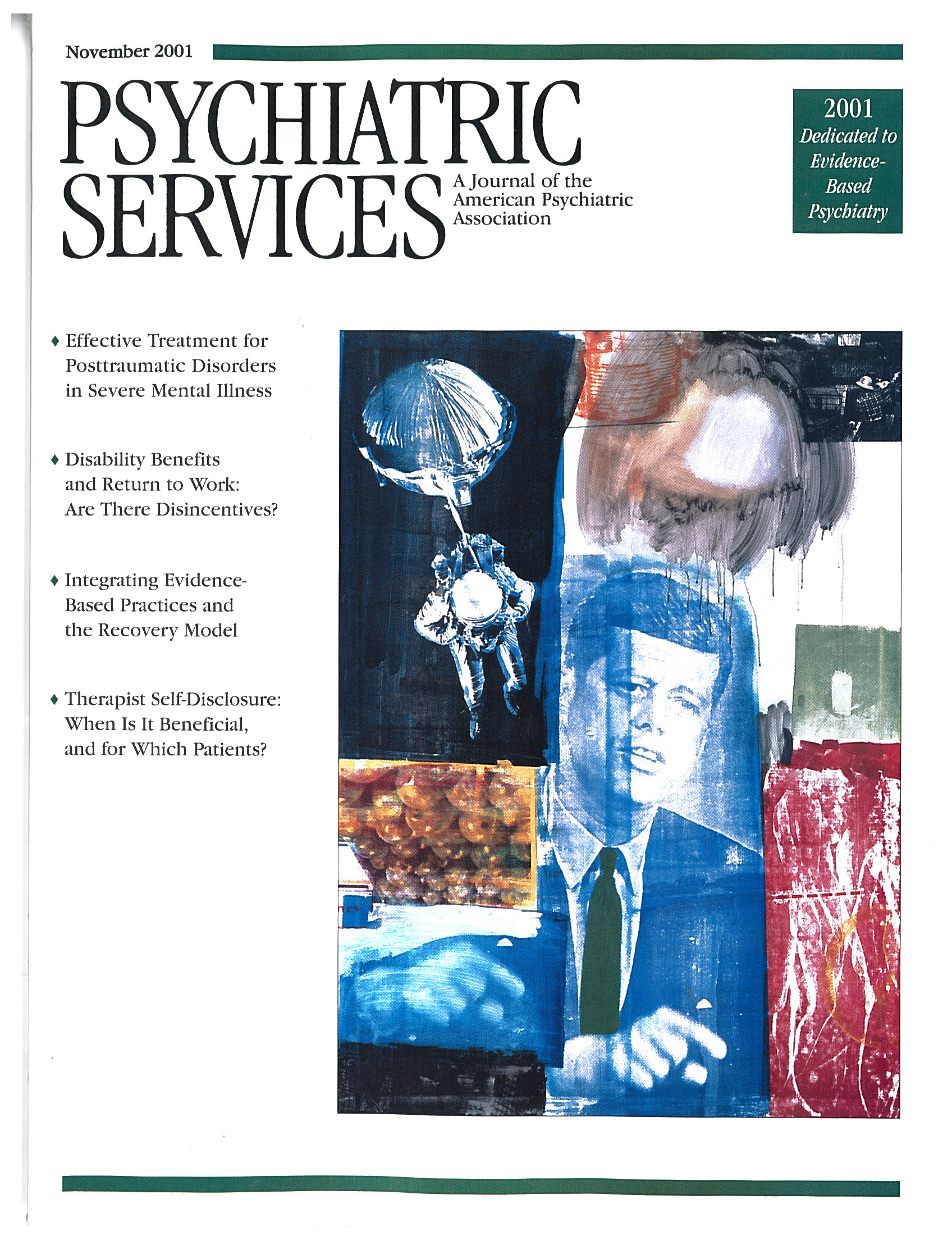Current Approaches in Drama Therapy, edited by Penny Lewis and David Read Johnson, is as broad an approach to drama therapy as one could want. Sixteen approaches are described in contributions from 18 senior professionals and board-certified teacher-trainers in drama therapy. Although drama therapy was discovered in the 1920s by Jacob Levy Moreno, it continues to be an elusive and underused form of therapy. This book provides a comprehensive review of the theoretical models and techniques being used and taught in the United States and in Canada.
The book is divided into three sections: an introductory section covering the history, theory, and methods of drama therapy; a section on current approaches; and a section offering comparative analysis. The primary audience for the book is the drama therapist, but all therapists will find something of interest in it.
For the non-drama therapist interested in the history of drama therapy in this country and Canada, the first chapter provides a manageable account of its genesis and development. In chapter 2 the editors outline the components of theory building that are subsequently applied by the contributors in their discussions of each of the specific approaches to drama therapy. Throughout these first two chapters, the reader gets a sense of the newness of the field. Indeed, the purpose of the book, the editors say, is "to begin to provide the field of drama therapy with a theoretical body of knowledge through the individual scrutiny of major frames of reference and through a comparative analysis in which the essence of each approach is gleaned and commonalities formulated into a fundamental conceptualization of drama therapy."
The individual papers in the second section reflect the expertise, interests, and views of their authors. They vary widely in length and depth, but all are authoritative and well written. Each paper is easy to read and easy to follow, and the clinical relevance of drama therapy is made evident in each one. Case examples demonstrate therapeutic applications, and for those interested in further training or study, addresses, telephone numbers, and Web site addresses are provided. References and suggestions for further reading are listed at the end of each chapter.
The final section briefly describes the research methodology used in the field of drama therapy and the body of knowledge that has been produced by research. A table summarizes the conceptual constructs of drama therapy and adds clarity to the comparative analysis undertaken in this section. The inclusion of a glossary, a drama therapy bibliography organized by competency areas, and an index make the book user-friendly.
I highly recommend this book both to enthusiasts of drama therapy and to all other therapists who are open to new approaches. I am sure that Dr. Moreno would have been pleased with the fervor and energy with which this book was written.

